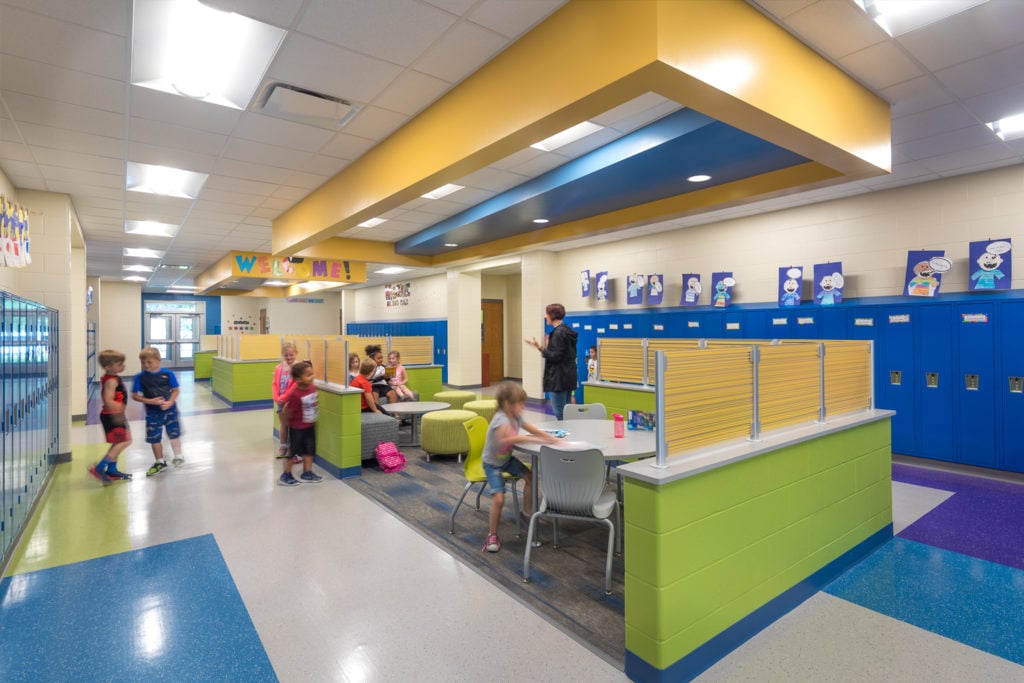Static Design is a Problem
Many of today's schools in the U.S. were built 50-60 years ago. These buildings weren't designed for change – they're very static places. The problem is that education is very different today than it was 50 years ago. It's continually evolving, as it should. But while educators constantly develop new and improved ways of teaching, they're stuck in obsolete spaces that hinder them from giving students the learning experiences they need. Children need environments that are designed to support active learning. Places that work harmoniously with the curriculum they've been built to facilitate. "Students should be encouraged, at every stage of the learning process, to adopt an active stance toward their education. They shouldn't just take things in; they should figure things out." –Sal Khan, The One World Schoolhouse
The Integration of Key Technology
At the beginning of the digital revolution, technology integration in most K–12 schools didn't extend much further than a clunky computer lab. Contrast that with today’s school technology and it's a very different picture altogether. Today's technology is now more personal, mobile, and powerful than ever. Touching almost every area of our lives. What does this mean for your school? It means that your entire school should be wired for current and future technology if you want to remain relevant. Some examples include the migration of projectors, screens, and sound systems out of classrooms and into hallways, common spaces, cafeterias, and even stairwells. You may also consider offering students access to the network anywhere they go, with the ability to view and share work on digital displays throughout the building. The effects that these types of changes will have on your students’ development are very desirable. Reducing students’ dependence on the teacher, promoting peer-to-peer collaboration, and widening the sphere of learning from the confines of the classroom to the whole school grounds.
More Transparency Means Better Learning
Architectural transparency is an emerging standard in modern school design. Internal spaces like hallways, classrooms, and cafeterias–which have historically been separated from each other by walls and doorways–are moving to open layouts with uninterrupted lines of sight.
In very traditional schools, hallways often look exactly the same. They’re 10 feet wide, lined with lockers, and the classroom doors are all closed. Why change that for more transparency? Because opening a line of sight into other spaces makes learning communal, encourages collaboration, and creates a public forum for observing and celebrating student work.
Designing for an Uncertain Future
The pace of social and technological change can feel disorienting. But that's no excuse for not keeping pace. A big part of making educational spaces work is incorporating long-term flexibility. That way your school can support new technologies, curricula, and pedagogies as they arise over your school’s 50-year life span. We may not know for certain what the future landscape of education will look like over the coming years. But by deliberately designing dynamic schools that include multi-purpose spaces, architectural transparency, and heavy technological integration, we can stay ahead of the curve with schools that remain both functional and relevant for decades.







